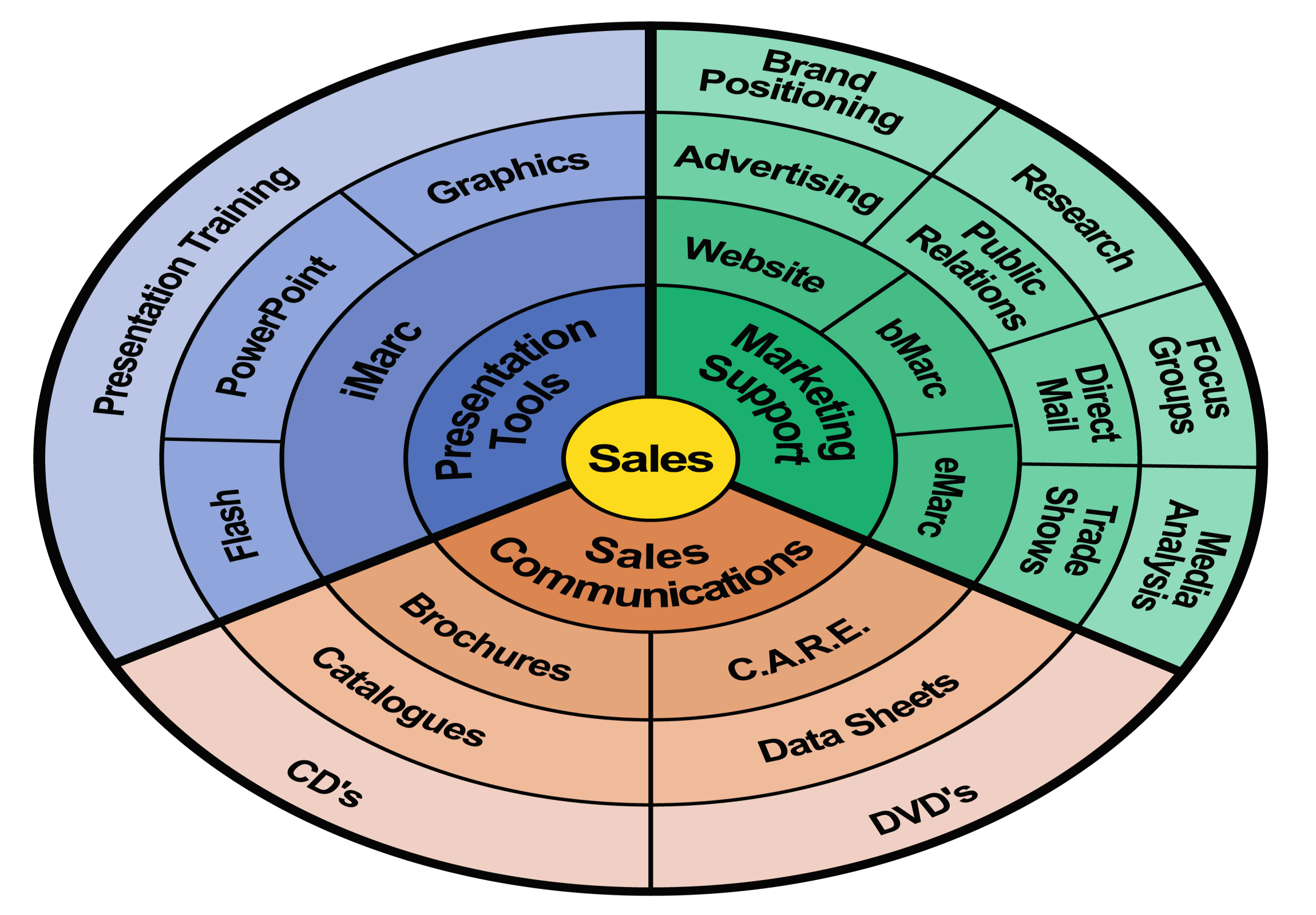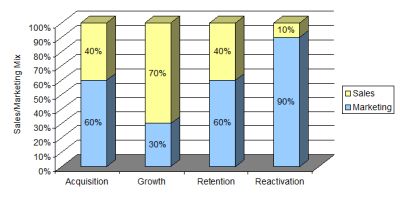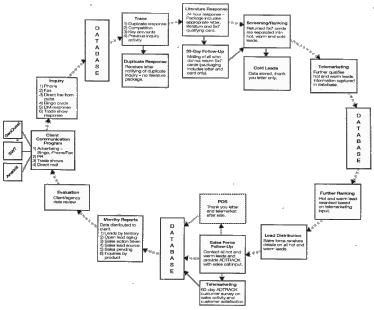
|
||||
|
|
||||
|
Smart
marketing
for sales success
Let’s first acknowledge that sales and marketing have not exactly worked together efficiently in the past. In many organizations marketing has often busied themselves with developing beautiful advertising and other materials designed to create brand awareness. Meanwhile the sales group spends every month wondering what they can do to try to make their numbers.
And it’s not working. Surveys indicate that customers and prospects are now much less likely than they were ten years ago to take action as a result of viewing a traditional ad or brochure. They are also more reluctant than ever to see sales people until a certain point in their own buying process.
If for any reason your competition is able to set up a meaningful dialogue with a prospect during those early stages of the prospect’s buying process, your chances of making a sale are very slim.
The solution? Work with the customer’s buying process instead of against it. Using direct response and marketing automation techniques.
|
||||
|
To that end, marketing becomes part of the tool set that sales uses to get business for the company. Our clients have benefited greatly through a partnership in which marketing is used to contact the prospect and provide information until that prospect is ready to meet a sales person.
To facilitate this approach, PriMarc has developed a program called iTrac. As our free CD (see below) explains, iTrac is a systematic way of developing, managing and tracking leads that aren’t ready for the sales force and of handing off leads that are ready. In getting customers and prospects to initially raise their hands, and to maintain meaningful contact with them until they’re ready to see a sales person, we use direct response devices like mail, the Internet and telemarketing. We support those efforts with PR, Advertising, Seminars and other tactics.
|

|
|||
|
|
When you start to add up the number of variables in this approach, you realize that the actual marketing process must be managed very tightly or it will quickly fall apart. It’s important to flowchart the process and employ robust marketing automation software to help manage it.
The iTrac strategy works well in acquiring new business, and can also be applied to the other three customer life cycle stages – Growth, Retention and Reactivation.
|
|||
|
John Coe of the Sales and Marketing Institute suggests that marketing activity should represent about 60% of the effort involved in acquiring new business.
Once the business has been acquired, he suggests sales adopt a more dominant role in the customer growth phase, with marketing involved in only 30% of the activity. Later, as the account matures, marketing can again play a larger part, allowing the sales group to focus on new business and newer accounts. In the final stage, Reactivation, marketing is by far the more cost effective resource and should be the principal player. |

|
|||
|
|
PriMarc has achieved numerous successes with this approach. Perhaps we can help you.
BMC Software: 8,000 inquiries, 2,500 qualified leads Computer Corporation of America: 790 inquiries per month, 39% conversion to sales Exxon Chemical: 1,500 inquiries, 387 qualified leads Faure Herman: 60% awareness level, 360 qualified leads Neon Systems: 4,076 inquiries, 1,793 qualified leads SEFCU: 300 new customers Tesco: 350% revenue increase.
|
|||
|
|
 |

|
